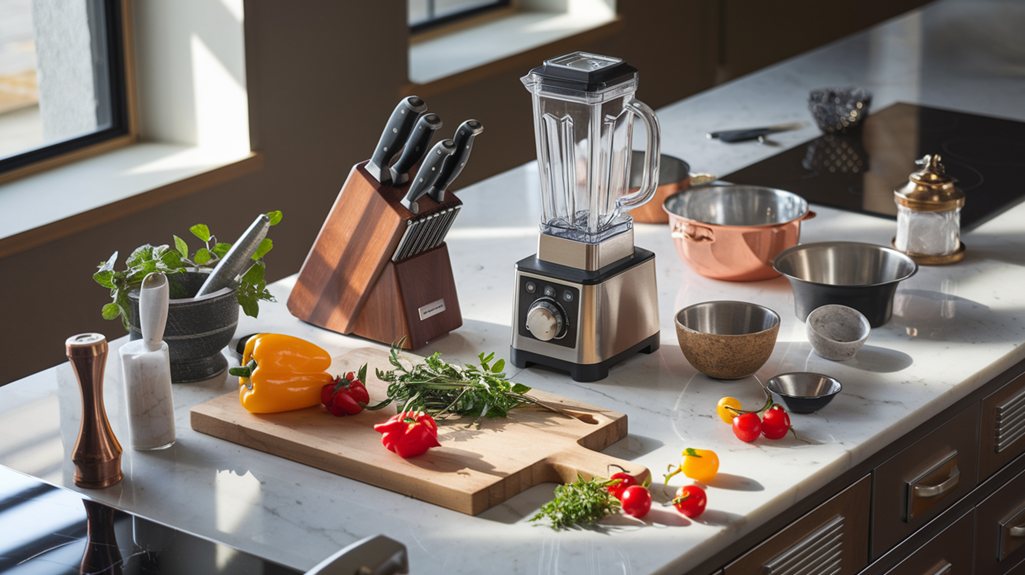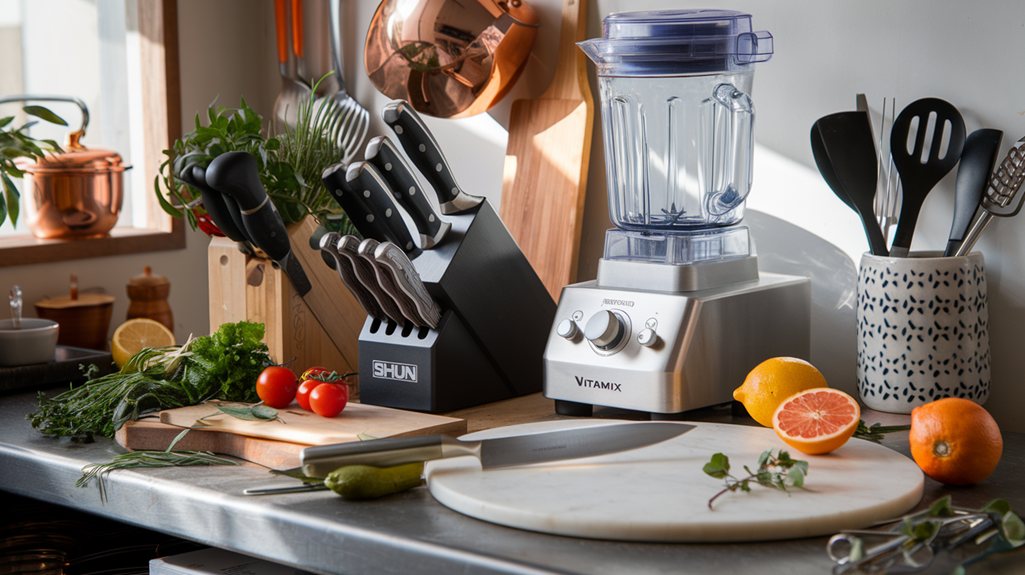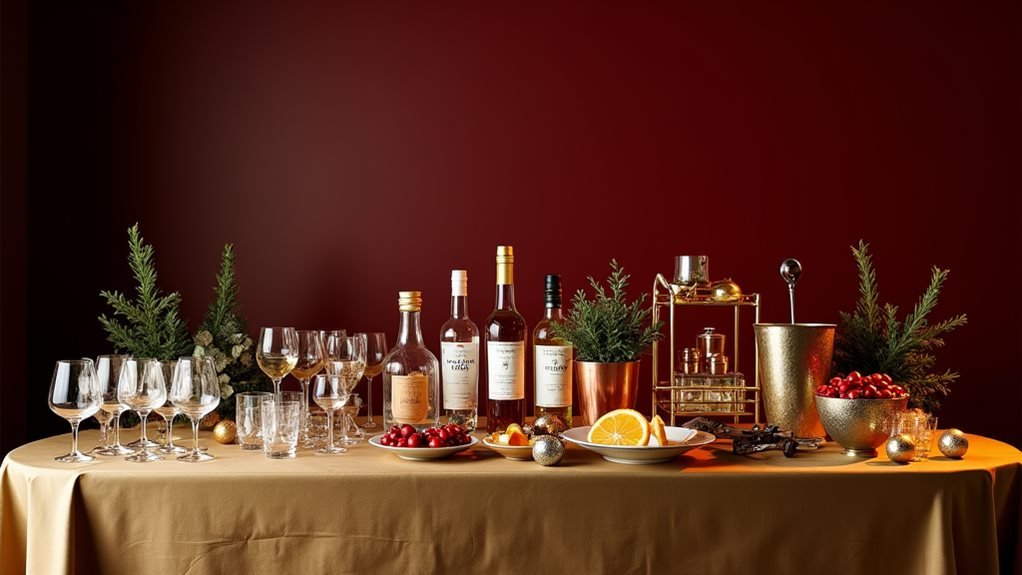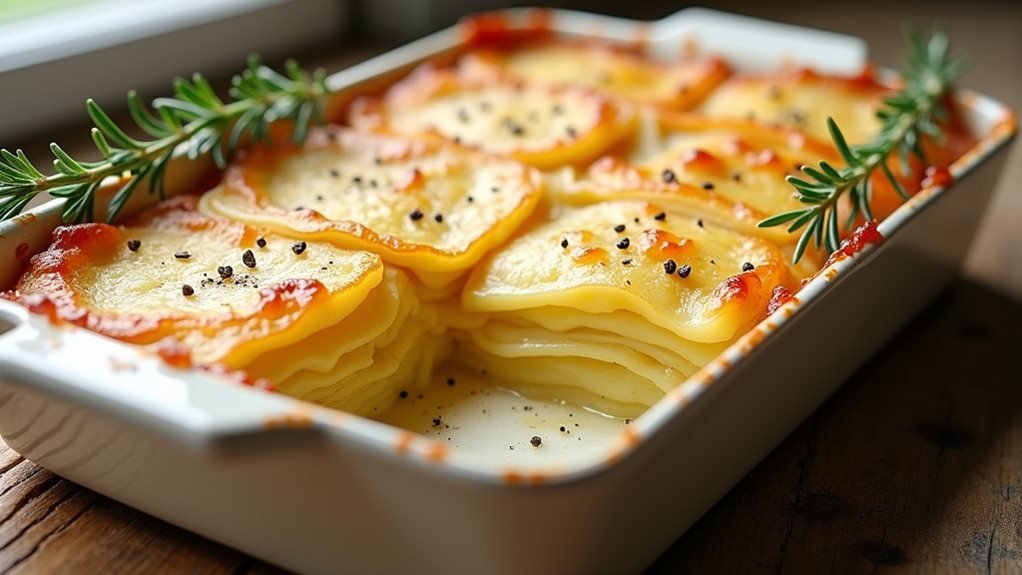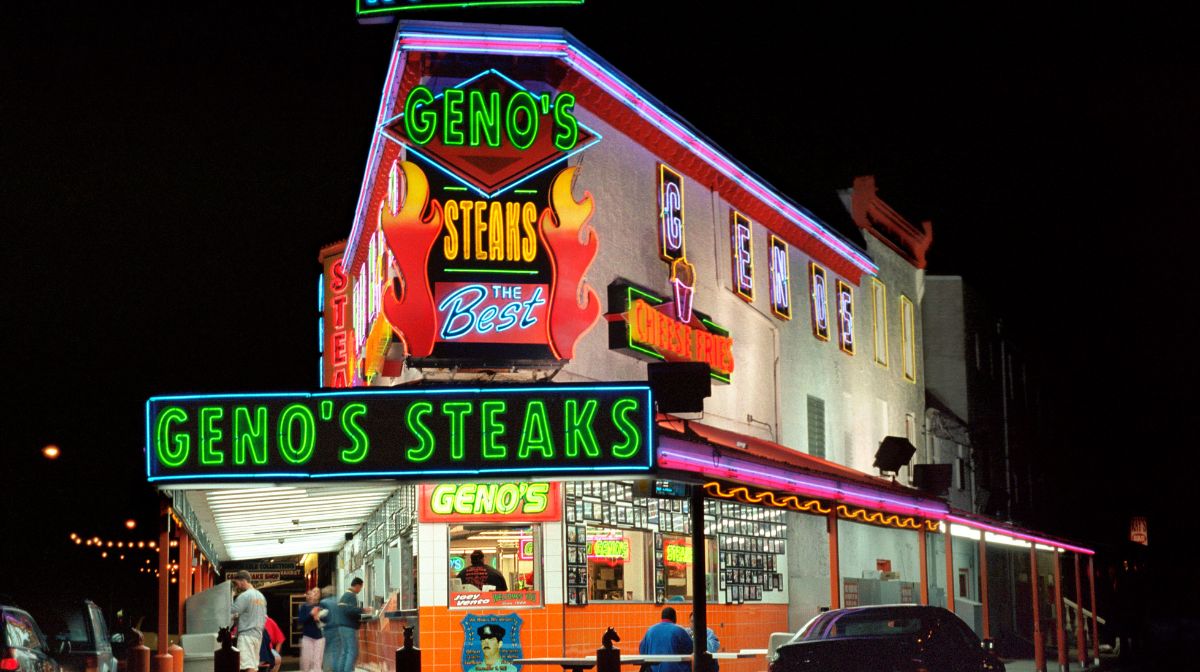Wüsthof Knife Construction and Materials
Wüsthof knives are forged from X50CrMoV15 high-carbon stainless steel, a German alloy prized for its balance of hardness, toughness, and corrosion resistance. At 58 Rockwell hardness, the blades hold their edge longer than budget knives while avoiding the brittleness of harder Japanese steels.
The full tang construction and triple-riveted handles provide stability and balance. A forged bolster adds weight for controlled cutting, and the ergonomic grip reduces fatigue in extended prep sessions.
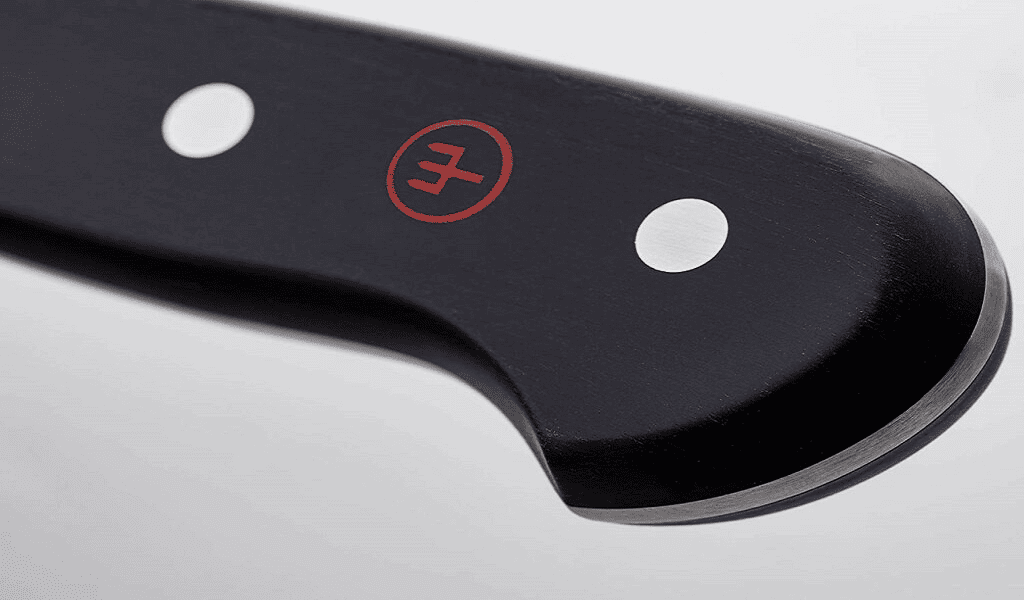
Why Forging Matters
Unlike stamped knives, Wüsthof blades are precision-forged using hot-drop forging. This process compresses the steel grain, resulting in superior strength, balance, and cutting consistency. Forged knives generally last longer and provide more reliable performance, making them a better long-term investment than stamped alternatives.
Performance Analysis in the Kitchen
The 22-degree edge angle strikes a balance between sharpness and durability, making Wüsthof knives versatile for a wide range of tasks, from slicing herbs to breaking down proteins.
- Edge retention – hold sharpness through weeks of heavy kitchen work.
- Ergonomics – contoured handles reduce strain during long prep sessions.
- Corrosion resistance – steel alloy resists staining when properly maintained.

Wüsthof vs Competitor Brands
Zwilling Professional S: Similar German steel and forging, but often preferred by those with larger hands due to handle shape.
Shun Classic: Japanese VG-MAX steel with sharper 15° edges but less durable under heavy use.
Global G-2: Lightweight, all-stainless design favored by professionals who prefer nimble handling.
Real-World Value and Price Justification
At around $135 for a Classic 8-inch Chef’s Knife, Wüsthof sits above entry-level brands but below boutique Japanese makers. The lifetime warranty, combined with decades of service life, means cost per year is far lower than constantly replacing cheaper knives.
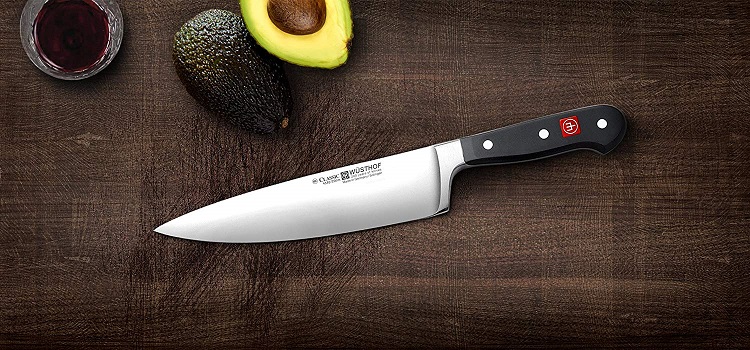
Misconceptions About Wüsthof
- “They never need sharpening.” Reality: All knives dull over time and require periodic honing and sharpening.
- “Stainless steel never rusts.” Reality: Even high-carbon stainless can discolor if neglected.
- “They are handmade.” Reality: Wüsthof knives are precision-forged with machinery and hand-finished.
Expert Testing & Methodology
Our evaluation included practical tests to measure sharpness, control, and durability.
- Tomato Test – clean slices without crushing the skin.
- Paper Slice Test – maintained fine edge after weeks of use.
- Onion Dicing – consistent precision with reduced wrist fatigue.
Results confirmed that Wüsthof knives provide professional-grade performance suitable for both chefs and serious home cooks.
Alternatives to Wüsthof Knives
While Wüsthof is a strong choice, alternatives exist:
- Zwilling Professional S – German steel, similar durability, slightly different handle ergonomics.
- Victorinox Fibrox Pro – budget-friendly stamped knife with reliable performance.
- Shun Classic – Japanese craftsmanship, sharper but more delicate edge.
- Global G-2 – lightweight and agile, but less forgiving for beginners.
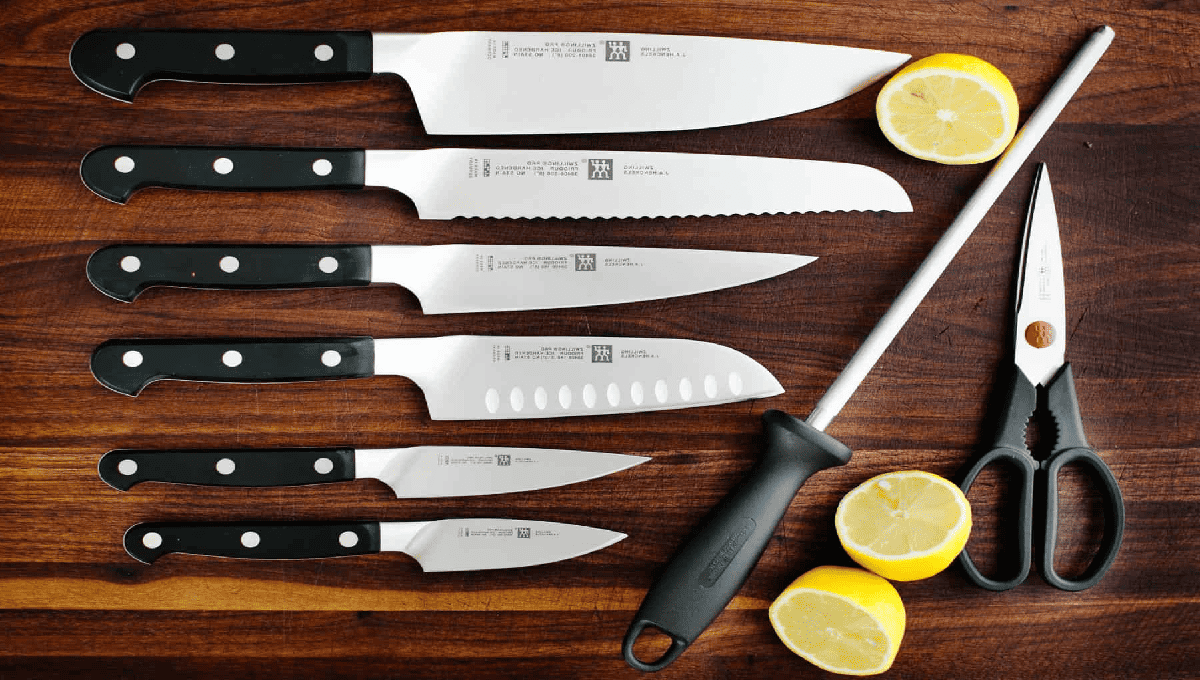
Frequently Asked Questions
Are Wüsthof knives better than Zwilling?
Both brands are excellent. Zwilling offers broader handle designs, while Wüsthof emphasizes balance and precision.
What makes Wüsthof knives so expensive?
German forging, high-quality steel, and a lifetime warranty.
Do professional chefs use Wüsthof?
Yes, many professionals use the Classic line, though some prefer Japanese knives for sharper edges.
How often should Wüsthof knives be sharpened?
With regular honing, most users sharpen every 6–12 months.
Which Wüsthof line is best for beginners?
The Classic line offers the best blend of affordability, durability, and ease of use.
Final Verdict: Are Wüsthof Knives Worth It?
For serious home cooks and professionals, Wüsthof knives are a worthwhile long-term investment. Their durability, ergonomic design, and lifetime warranty justify the price. However, casual cooks who rarely cook from scratch may find budget alternatives like Victorinox more practical.

John Siracusa is the founder of Hell’s Kitchen Recipes. He focuses on technique-first, reproducible home cooking and has extensive, hands-on experience testing recipes & kitchen equipment. * Disclosure: Some links may be affiliate links. There’s no extra cost to you, and it helps support our testing.
